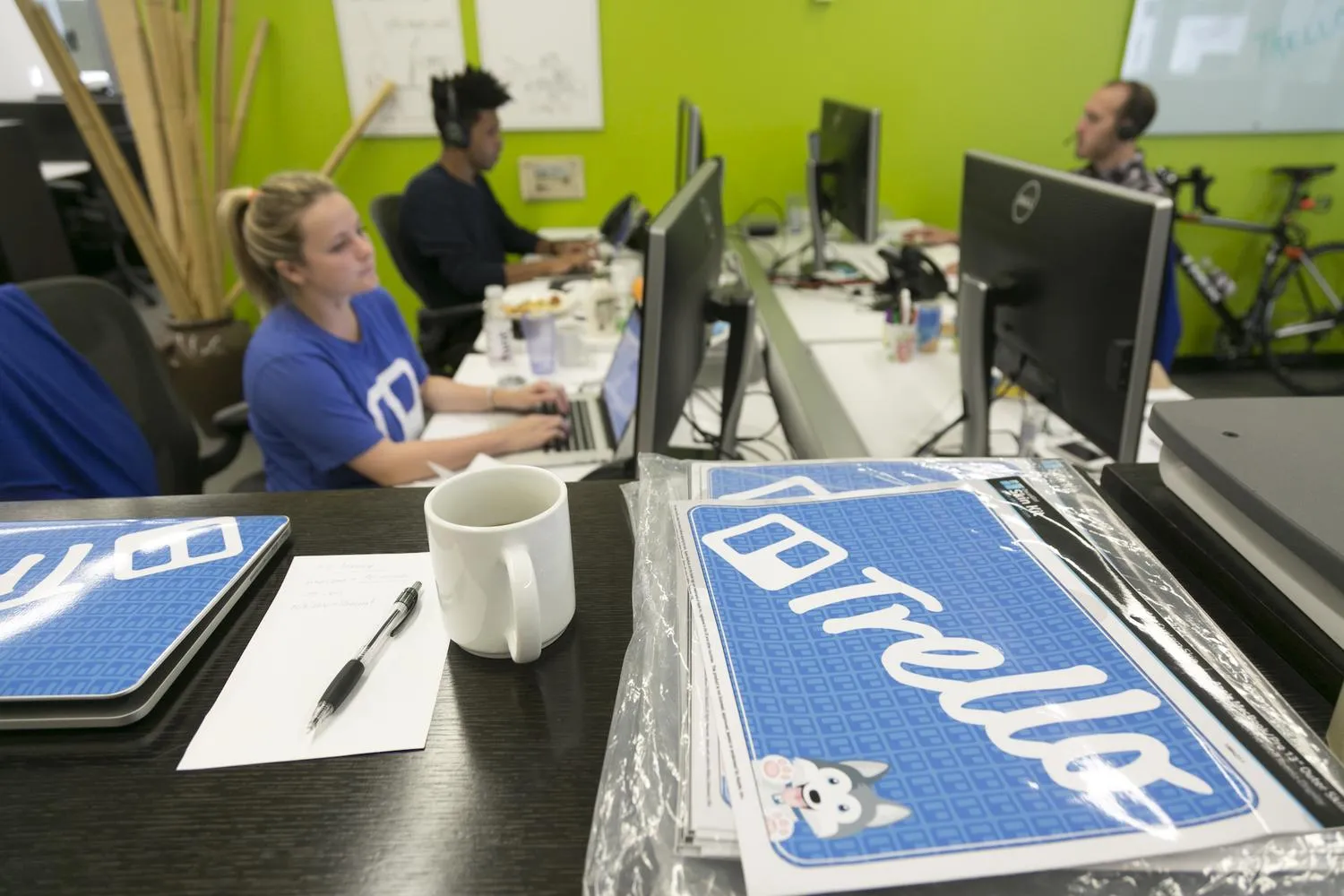Trello, a popular project management tool, has carved out a niche for itself in the realm of team collaboration and organization. By leveraging its own platform, Trello exemplifies how teams can enhance productivity, streamline communication, and effectively plan projects. Below, we delve into how Trello uses Trello to collaborate, plan, and communicate, showcasing essential features and best practices.
Collaboration Made Easy
At the heart of Trello's functionality is its ability to foster collaboration among team members. The platform allows users to create boards, lists, and cards that can be easily shared and updated in real time. This transparency enables team members to see project statuses and individual responsibilities at a glance, reducing the chances of miscommunication.
One key feature that enhances collaboration is the ability to assign tasks to specific team members. Each card can be assigned to one or more individuals, ensuring that everyone knows their responsibilities. Additionally, team members can leave comments and attach files directly on the cards, centralizing all relevant information in one place. This reduces the need for endless email threads and keeps discussions focused and organized.
Planning Projects Efficiently
Planning is crucial in any project, and Trello excels in this area with its intuitive interface and versatile tools. Teams can create boards tailored to their specific needs, whether for marketing campaigns, product development, or event planning. Each board can be customized with lists that reflect different stages of the project, allowing for a clear visual representation of progress.
For instance, a marketing team might have lists titled "Ideas," "In Progress," and "Completed." By moving cards between these lists, team members can easily track where a task stands in the workflow. This visual aspect of Trello not only aids in planning but also boosts motivation as team members witness their accomplishments stacking up in the "Completed" list.
Effective Communication Tools
Effective communication is a cornerstone of successful teamwork, and Trello provides multiple features to facilitate this. The platform integrates seamlessly with other communication tools like Slack and Microsoft Teams, allowing real-time updates and notifications. When a card is updated, team members can receive instant alerts, ensuring that everyone stays in the loop.
Moreover, Trello’s comment section on each card serves as a dedicated space for discussions related to specific tasks. This feature encourages team members to communicate openly about their progress, roadblocks, or any additional resources they might need. By keeping conversations tied directly to relevant tasks, Trello helps prevent important information from getting lost in lengthy email chains.
Utilizing Power-Ups for Enhanced Functionality
Trello's versatility is further amplified by its Power-Ups, which are integrations that extend the platform's capabilities. Teams can choose from a variety of Power-Ups to enhance their boards according to their specific needs. For example, a team might integrate a calendar Power-Up to visualize deadlines alongside their tasks, or a time-tracking Power-Up to monitor how much time is being spent on various activities.
These Power-Ups not only improve productivity but also allow teams to customize their Trello experience, ensuring that the platform meets their unique requirements. By tailoring Trello with the right Power-Ups, teams can maximize their efficiency and streamline their workflows even further.
Tracking Progress with Analytics
Another essential aspect of effective team collaboration is tracking progress. Trello offers built-in tools and analytics that help teams monitor their performance. By using features like the "Card Aging" Power-Up, teams can visualize which tasks are moving smoothly and which ones may require additional focus.
Additionally, Trello's ability to generate reports provides insights into team productivity over time. By analyzing these metrics, teams can identify trends, adjust their strategies, and ultimately improve their workflows. This data-driven approach helps teams make informed decisions and fosters a culture of continuous improvement.
Creating a Culture of Accountability
Utilizing Trello also helps in creating a culture of accountability within teams. By clearly assigning tasks and deadlines, team members take ownership of their responsibilities. The visibility of tasks and their current status promotes a sense of accountability as everyone can see who is responsible for what and how far along they are in completing their tasks.
This accountability not only encourages individuals to meet their deadlines but also fosters collaboration as team members often rely on each other to move projects forward. A culture of support and accountability can lead to better outcomes and higher morale within the team.
Conclusion
In conclusion, Trello serves as a powerful tool for collaboration, planning, and communication within teams. By using its own platform, Trello showcases how effective project management can enhance productivity and foster a positive team environment. With features like task assignments, real-time updates, customizable boards, and powerful integrations, Trello offers everything teams need to streamline their workflows and achieve their goals. By implementing these strategies, teams can not only improve their project outcomes but also create a more cohesive and motivated work environment.





